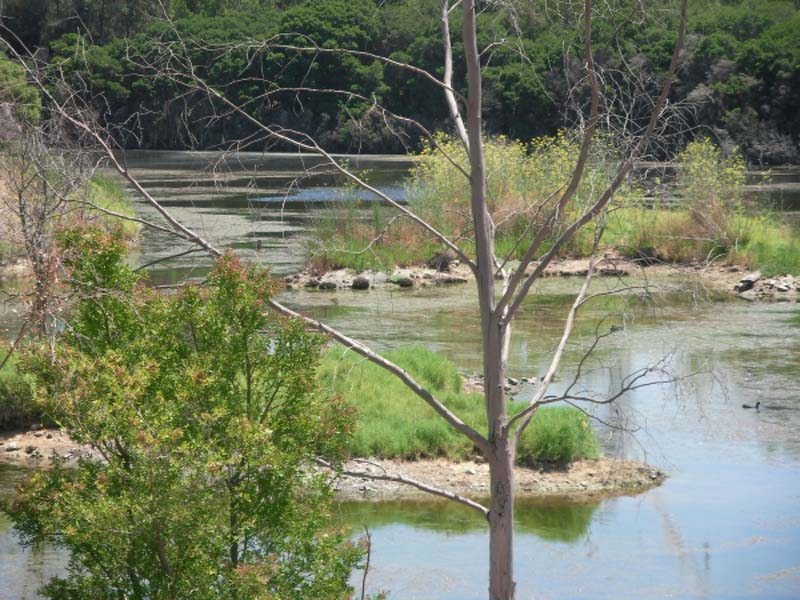Scaling up CCS in natural systems
According to the United Nations Environment Programme (UNEP) tens of billions of dollar are being earmarked for a technology that aims to remove greenhouse gases from smoke stacks and bury it deep underground. In the UNEP-commissioned Rapid Assessment report, carbon capture and storage through a Green Economy lens outlines the potential in terms of natural systems – systems from forests to grasslands that have been doing the job in a tried and tested way for millennia.
One of these natural systems is wetlands. A scientific paper published by the Australian government’s Department of Sustainability, Environment, Water, Population, and Communities, states wetlands cover about 6 to 9% of the earth’s surface and have sequestered approximately 35% of the global terrestrial carbon.
Wetlands capture and store carbon in several ways including accumulating organic matter in soils and photosynthesis and in an environment where water is the primary factor, control and support plant and animal life. In addition, the water depth in wetlands is usually no more than six feet, meaning the water table tends to be near the ground surface.
Wetland soils tend to remain in a “waterlogged” state, thereby inhibiting diffusion of oxygen and water filtration into sediment profiles found at the bottom. As such, decomposition rates slow down leading to accumulation of large amounts of carbon within wetland sediment profiles. At the same time, some wetlands have the unique ability of distributing carbon horizontally to adjacent wetland environments.
Some wetlands capture and store more carbon than others such as peatlands which according to estimates from Wetlands International, cover about 3% of the earth’s surface area but currently store about 30% of the world’s terrestrial carbon. Other wetland ecosystems that play a key role in carbon sequestration include seagrass meadows and mangrove swamps.
Sadly, human activities are increasingly degrading wetlands globally leading to the release of carbon trapped underneath their sediment profiles and degradation of water quality. Urban areas have also played a key role in the destruction of some 60% of wetlands worldwide, and up to 85% in Australia have been destroyed in the past 100 years, principally due to drainage for agriculture but also through pollution, dams, canals, and urban development.








